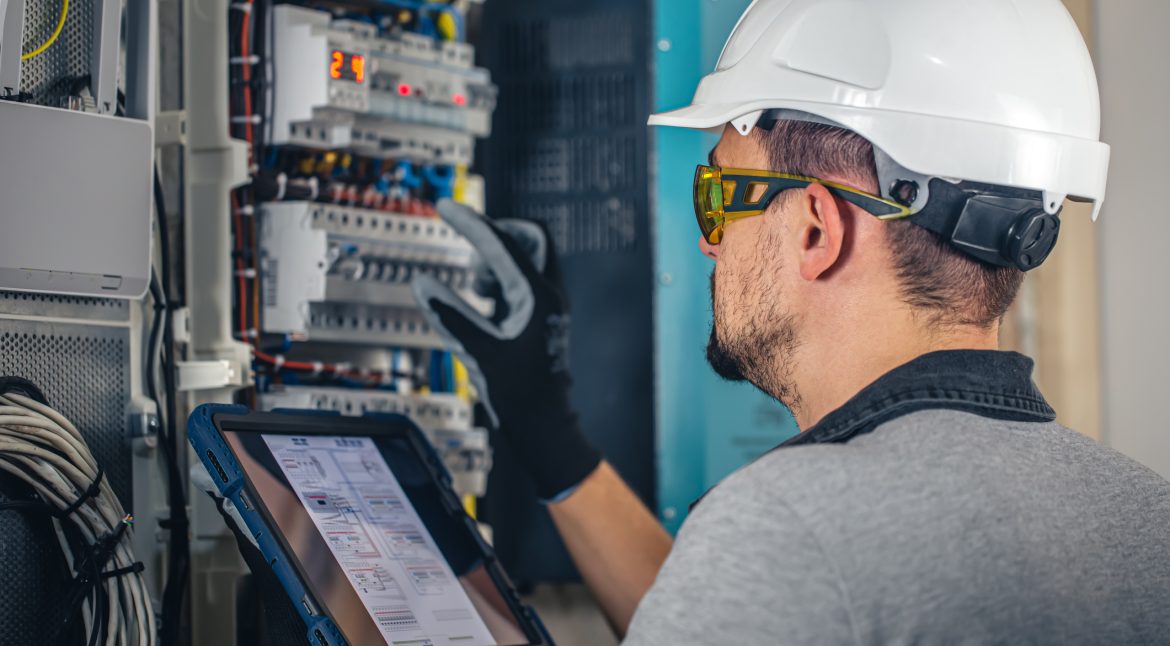In industrial environments, especially those involving combustible gases, flammable liquids, or fine dust particles, safety is paramount. One small oversight can lead to catastrophic consequences, including fires, equipment damage, or even loss of life. Two critical components in maintaining industrial safety and operational integrity are explosion proof classification and Relay Coordination Study. While they serve different purposes, both are essential to the seamless, safe functioning of hazardous area operations.
Understanding Explosion Proof Classification
Explosion proof classification refers to the categorization of equipment and areas in industrial settings based on their susceptibility to explosive atmospheres. These classifications guide engineers and safety officers in selecting equipment that is designed to prevent ignition in hazardous environments.
The system of classification typically follows international standards such as the National Electrical Code (NEC) in the United States or IECEx/ATEX in Europe. These codes define hazardous areas by “Class,” “Division,” and “Group” or by “Zone” and “Gas Group,” depending on the regional framework. For example:
-
Class I, Division 1 in NEC terms indicates a location where explosive gases are present under normal operating conditions.
-
Zone 0 in IEC terminology represents a similar scenario, where a flammable atmosphere is continuously present.
Equipment used in these zones must meet stringent design standards to ensure they do not become sources of ignition. Features such as sealed enclosures, thermal monitoring, and non-sparking materials are standard in explosion proof equipment.
Why Explosion Proof Classification Matters
Misjudging or ignoring proper explosion proof classification can have dire consequences. Using non-compliant equipment in hazardous zones could result in an explosion triggered by electrical sparks, excessive heat, or mechanical failure. Conversely, over-classifying areas may lead to unnecessary costs and complexity.
Explosion proof classification also directly affects plant design, maintenance routines, and personnel training. Regulatory compliance, insurance requirements, and industry best practices all hinge on accurate classification and equipment use. Therefore, an initial and regularly updated classification assessment is a vital part of any industrial safety program.
Introduction to Relay Coordination Study
While explosion proof classification protects against environmental hazards, a Relay Coordination Study ensures the electrical protection system works harmoniously to isolate faults while minimizing disruption to the rest of the system.
Relay coordination is the strategic configuration of protective relays within an electrical network. These relays detect abnormal conditions such as overcurrent, short circuits, or ground faults. When an anomaly occurs, the relay closest to the fault should operate first, isolating the affected section and allowing the remainder of the system to continue functioning.
Without proper coordination, multiple protective devices may operate simultaneously, leading to wider outages, equipment damage, or safety hazards for workers.
Key Components of a Relay Coordination Study
A Relay Coordination Study typically involves:
-
Data Collection: Gathering detailed electrical system parameters, including one-line diagrams, device settings, and manufacturer specifications.
-
Fault Current Calculations: Analyzing worst-case fault scenarios using software like ETAP or SKM Power Tools.
-
Time-Current Characteristic (TCC) Curves: Plotting these curves helps visualize relay operation under different conditions, ensuring that settings provide selectivity and protection.
-
Recommendations and Reporting: The final deliverable outlines relay settings, system performance, and any needed changes to ensure optimal coordination.
This study is not a one-time task. It should be performed during the design phase, after any system modifications, and periodically as part of a preventive maintenance program.
Bridging Safety: How the Two Interact
While explosion proof classification and Relay Coordination Studies may seem to address different aspects of safety, they are interconnected in high-risk industrial environments.
For instance, consider a chemical processing plant classified as Class I, Division 1. The protective relays in this facility must not only be coordinated to handle electrical faults effectively but also must be enclosed in explosion proof housings or installed in intrinsically safe systems. An arc flash caused by uncoordinated relays could ignite flammable vapors, defeating the very purpose of explosion protection.
Moreover, during the Relay Coordination Study, it’s essential to account for the limitations and safety requirements imposed by the explosion proof classification. Maintenance access, response time, and equipment specifications must align with both electrical protection and explosion mitigation goals.
Conclusion
Industrial safety is a complex puzzle, and each piece—from hazard classification to electrical protection—must fit perfectly. Explosion proof classification lays the groundwork for preventing ignition in hazardous areas, while a Relay Coordination Study ensures that electrical faults are managed safely and efficiently.
When these two elements are addressed together, they form a robust defense against both environmental and electrical risks. Companies that invest in these practices not only protect their people and assets but also ensure regulatory compliance and operational continuity. Safety, after all, is not just a requirement—it’s a responsibility.


